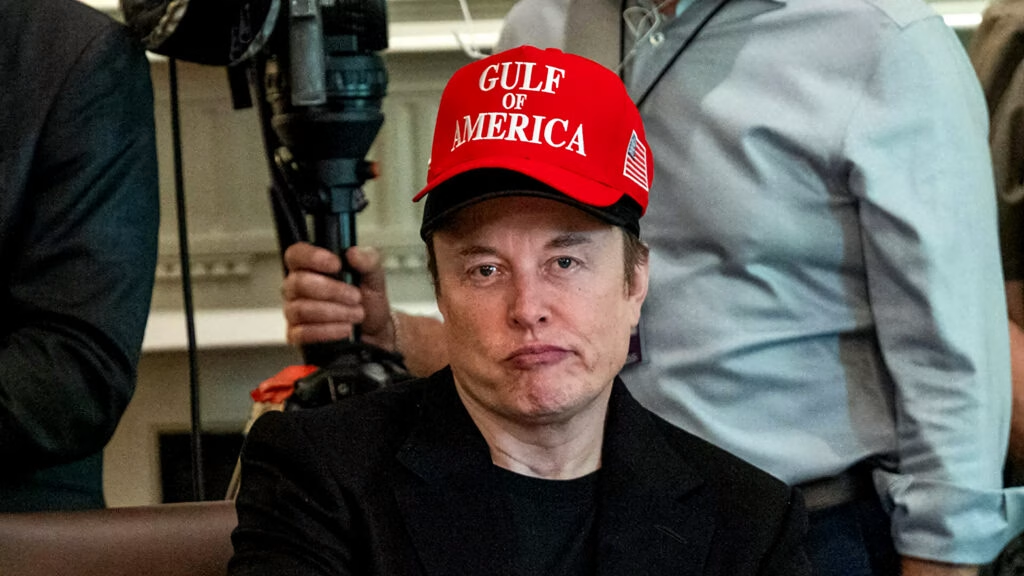Elon Musk’s Departure from the White House: What It Means for His Future
Elon Musk, the enigmatic CEO of Tesla and SpaceX, has recently made headlines with his decision to step back from his role as a special government employee. Reports indicate that he’s no longer working out of the White House on a regular basis, marking a significant shift in his involvement with the Trump administration. So, what does this mean for Musk, the government, and the broader tech landscape?
Why Is Musk Leaving the White House?
Musk’s tenure as the de facto head of the Department of Government Efficiency was always expected to be temporary. His recent cabinet meeting attendance felt more like a farewell tour than a routine check-in. During this meeting, President Trump expressed gratitude for Musk’s contributions, stating that he has been “treated very unfairly.” This acknowledgment hints at the challenges Musk faced while navigating the complexities of government work, especially given his outspoken nature and the scrutiny that often follows him.
Interestingly, Musk’s departure from in-person meetings doesn’t mean he’s completely out of the loop. White House Chief of Staff Susie Wiles mentioned that communication continues via phone calls, maintaining a connection that seems to have a similar impact. It’s a curious twist, especially considering Musk’s well-documented disdain for remote work. This shift raises questions about the balance between corporate efficiency and governmental processes.
The Impact of Musk’s Exit on Government Efficiency Initiatives
Musk’s influence on government efficiency initiatives has been notable, but as he transitions back to corporate life, there are concerns about the continuity of these efforts. His involvement brought a unique perspective to the table, blending entrepreneurial spirit with bureaucratic challenges. While he may not be a regular fixture at the White House anymore, sources indicate that he will continue to serve as an informal advisor, suggesting that his insights will still be valued.
During his last cabinet meeting, Musk made headlines by claiming that the cryptocurrency Dogecoin (DOGE) has saved the government a staggering $160 billion. This figure, while debated, underscores his unconventional approach to problem-solving and innovation. Musk’s ability to think outside the box has often led to significant advancements in technology and efficiency, and his departure could leave a gap in that innovative thinking.
What’s Next for Musk?
As Musk prepares to return to his corporate roots, many are curious about his next moves. Will he focus solely on Tesla and SpaceX, or will he continue to dabble in government affairs? His humorous quip about people “burning his cars” during the cabinet meeting reflects his resilience and ability to navigate adversity. It’s this blend of humor and tenacity that has endeared him to many, making his next steps all the more intriguing.
Moreover, Musk’s relationship with Trump and the administration could continue to influence tech policy and innovation. As an informal advisor, he may still have the President’s ear, which could lead to further collaborations or initiatives that align with his vision for the future.
A Broader Perspective on Musk’s Influence
Musk’s departure from the White House is not just a personal transition; it reflects broader themes in the intersection of technology and government. The challenges he faced highlight the difficulties of integrating innovative thinking within traditional bureaucratic structures. His unique approach has sparked conversations about how tech leaders can influence policy and drive efficiency in government.
As we look ahead, it’s essential to consider how Musk’s experiences might shape his future endeavors and the tech landscape as a whole. His ability to push boundaries and challenge the status quo will likely continue to resonate, whether in the corporate world or beyond.
The big takeaway? Musk’s journey isn’t just about his role in government; it’s about the ongoing dialogue between innovation and regulation. As he steps back, the question remains: how will his influence continue to shape the future of technology and government collaboration? Start with one change this week, and you’ll likely spot the difference by month’s end.

